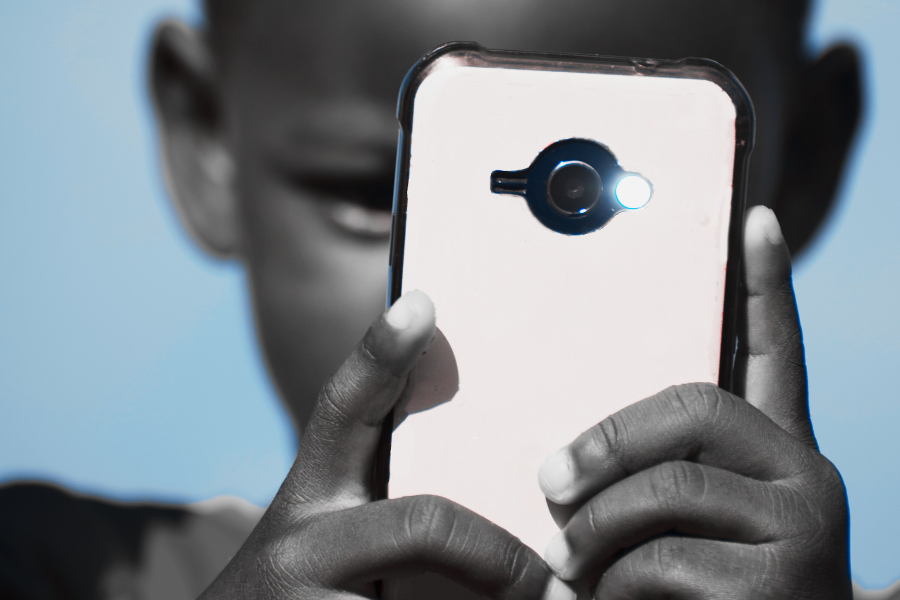When Twitch appeared in the Kantar 2026 Trends Report, it caught our attention — not because it’s already mainstream in Africa, but because it represents something bigger: the rise of live, interactive, and creator-led culture that’s reshaping how younger generations connect online.
What’s Twitch, and Why the Hype?
Twitch is a live-streaming platform where gamers, musicians, and creators broadcast in real time while audiences interact through chat. Unlike YouTube, which is built around polished uploads, Twitch thrives on live moments — unscripted, chaotic, and communal.
You’re not watching a video — you’re hanging out live. That sense of shared space is the secret behind Twitch’s 240 million monthly active users, with about 73% under the age of 34 and roughly 2.5 million viewers online at any given time (TwitchTracker, 2025).
What makes it so magnetic? It’s not just the content — it’s the culture.Twitch has created its own social language through emotes, memes, and shared rituals:
- Emotes like PogChamp, KEKW, or PepeHands express excitement, laughter, or frustration in seconds — turning chats into emotional group reactions.
- Subathons — marathon live sessions that keep going as long as fans subscribe — turn watching into participation. The most famous, by streamer Ludwig Ahgren, lasted 31 days and drew hundreds of thousands of new subscribers (Wikipedia, Ludwig’s Subathon).
- Charity marathons like ZEvent in France have raised millions of euros for global causes through collective streaming energy (Wikipedia, ZEvent).
This mix of authenticity, spontaneity, and participation makes Twitch more than a streaming site — it’s a social stage where audiences and creators co-create culture in real time.
Africa’s Live & Creator Scene: The Silent Echoes
In Africa, Twitch’s footprint remains limited, largely due to high data costs, latency, and variable internet speeds. But the behaviors it represents — community-driven, real-time interaction — are already reshaping how African creators engage audiences.
There is some Twitch activity emerging in South Africa, according to independent community listings such as the South African Twitch Streamer Directory, though it remains very small compared to global markets. South Africa, Kenya, Nigeria, and Ghana are among the continent’s early adopters of Twitch, where small communities are exploring the platform’s live, creator-led culture.
African creators are turning to TikTok Live and YouTube Live as accessible gateways to live audiences and monetization. In markets like Nigeria, Kenya, and South Africa, livestreaming is increasingly tied to music, comedy, gaming, and brand collaborations.
The spirit of Twitch — spontaneous, community-led, participatory — is finding its African form, even if the platform itself isn’t the main stage yet.
Why It Matters
The “Twitch trend” matters not as a prediction that Twitch will dominate in Africa, but as a signpost of where youth-driven digital culture is heading. The key tenets — authenticity, immediacy, audience participation, creator-fan relationships — are increasingly important.
References:
- TwitchTracker. Twitch Statistics & Charts (Accessed October 2025) twitchtracker.com↗
- South African Twitch Streamer Directory tcno.co/zatw/↗
- Wikipedia. Ludwig’s Subathon (Accessed October 2025), en.wikipedia.org↗
- Wikipedia. ZEvent (Accessed October 2025) en.wikipedia.org↗


.png)

